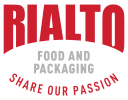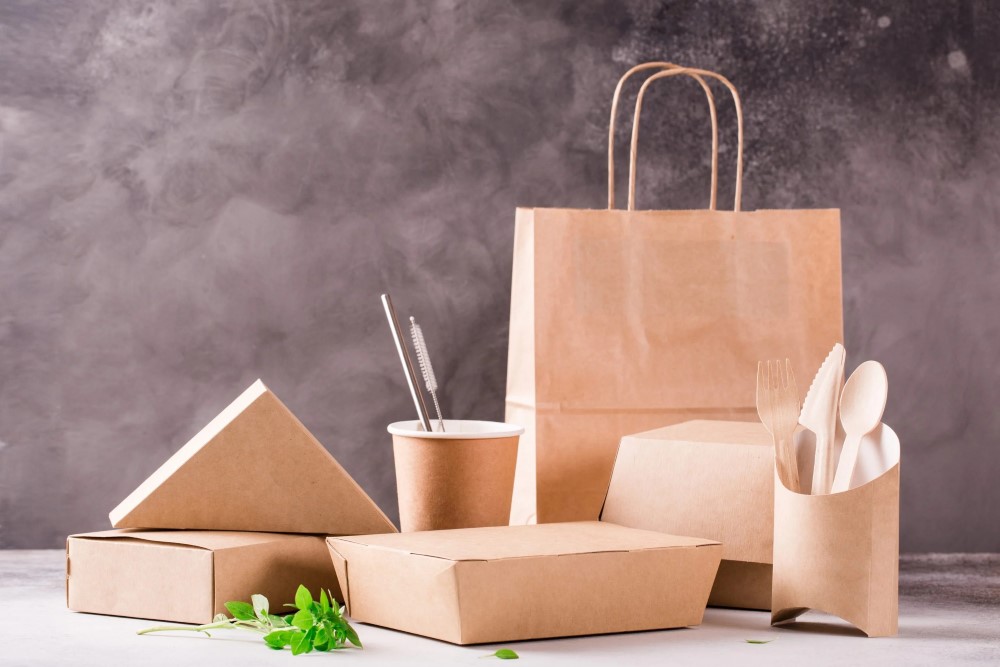We are getting towards the end of the year and looking ahead towards 2021. The year 2020 with the COVID-19 pandemic presented the food packaging industry with opportunities and challenges.
The impact of COVID-19 has influenced packaging trends and consumer behaviour. The following trends have been highlighted: focus on sustainability, hygiene is important with the design of packaging keeping in mind the safety the packaging provides for the contents, increase in e-commerce sales, ship-ready and direct-to-consumer options are popular.
During the lockdown period the buying habits of the consumer changed and online orders were booming. It is expected that this consumer buying habit will continue after the pandemic. The retailer’s main aim is to get the product to the consumer first time in a good condition without damage or loss. For example the packaging of a “take-out” pizza box is crucial as the consumer expects the pizza to be intact and appealing.
Due to the COVID-19 pandemic many businesses in the food sector have had to change their business models to more deliveries and curb-side pickups. Simultaneously the demand for ready cooked and frozen meals also grew. While there was panic buying during the lockdown period, the demand for shelf-stable foods, frozen and ready meals increased and it is suggested that this will still remain a popular trend going forward.
As consumers become more aware of their health and have a better understanding of product information, companies are under pressure to provide clear and transparent product information on the packaging, for example clear labelling of the calorie contents on beverage packaging.
During the last few years the growing demand for food or coffee on the go, conveniently packed for the busy life style of the consumer has lead to the development of different food containers made from different materials that protect the food and are often tamperproof.
A trend that will continue in 2021 is the focus on eco-friendly packaging and using less single-use plastic items. However the impact of COVID-19 and transmission risks has made the food sector to reconsider its approach to reusable items, but rather to move towards disposable beverage and food packaging. The safety and protection of food inside the packaging will remain a concern post COVID-19.
Keeping the above trends in mind the following important guidelines need to be considered for post-COVID-19 packaging designs. Affordability, hygiene/health, sustainability and safety. According to Anne Ravalet (Daymon International) digitalisation has come to the forefront, especially in Europe, to avoid physical contact.
Another trend is to look for packaging that is recyclable, this is happening globally and on local level. In China to encourage recycling, retailers have to report their plastic consumption to authorities and submit recycling plans. In 2019 China produced 63 million tonnes of plastic and only an estimated 30% was recycled. Recently the South African Department of Environment, Forestry and Fisheries published in the Government Gazette regulations regarding extended producer responsibility schemes. Producers, convertors and importers of plastic and paper will be paying EPR fees levied on the tonnage they bring into the South African market. The fees are payable to producer responsibility organisation (PRO) who facilitates programmes like recycling awareness campaigns. The goal is to capture post-consumed paper and plastic within the South African market, prevent waste going into the waste stream and developing end-use solutions
As we look ahead to life after COVID-19 it is clear that some habits have changed during the pandemic and will remain in place for the long term. Packaging is continuously changing and adapting to meet the requirements of the consumer. The value of packaging for protecting food have been recognised during the pandemic by the consumer and businesses.
At Multi-cup Solutions we constantly research and investigate new packaging trends that can be applied to the South African market. We support the new legislation by the Government to reduce the impact of packaging on the environment by diverting waste to the landfills by offering alternative and innovative solutions to the consumer.









Leave A Comment
You must be logged in to post a comment.